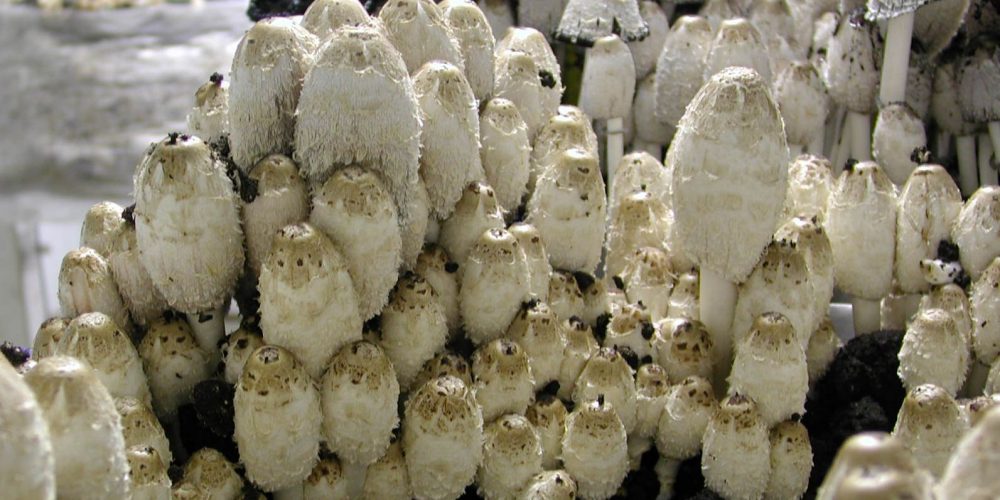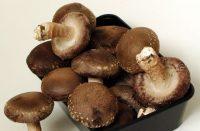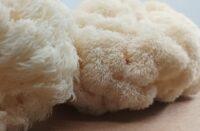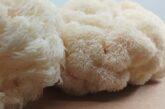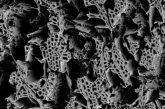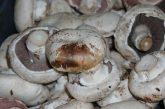A new research study has suggested that a protein found in the edible mushroom known as “shaggy ink cap” might be able to kill a type of leukemia cell. Coprinus comatus, also known as “shaggy ink cap” is a type of edible mushroom normally found in North America and Europe.
“The shaggy mane mushroom has an annual global production of 400,000 tons and is known to have a variety of medicinal properties, such as antitumor and antiviral characteristics as well as the ability to modulate immune system activity. Until now, little was known about its active ingredients” – said Yousong Ding, Ph.D., an assistant professor of medicinal chemistry in the University of Florida College of Pharmacy. Dr. Ding and his team looked at how Y3, a protein present in Coprinus comatus, binds with the LDNF glycan, which is a sugar molecule usually found in parasites. This activates a cell-signaling cascade that can program a type of leukemia T cell to commit suicide, the researchers explain. They noted that the protein Y3 from Coprinus comatus has significant glycan binding properties. This is important because the interactions of glycan binding proteins (GBPs) can provide a better understanding of how systems respond to pathogens and can facilitate the creation of new therapeutic pathways. In the course of this study, the scientists tested the interaction between Y3 and LDNF using model leukemia cells.
The Y3 protein killed more than 90 percent of the leukemia cells during laboratory testing, leading researchers to conclude that it was both potent and rapidly effective. In the researchers’ suggest that this may have meaningful implications for T cell acute lymphoblastic leukemia treatment. This type of blood cancer is particularly aggressive, and it is responsible for up to 25 percent of acute lymphoblastic leukemias. Dr. Ding suggests that the shaggy mane and other mushrooms are an untapped source of drug discovery and development. The next step for the researchers is to examine other potential GBPs in more edible mushrooms, as well as gain a better understanding of Y3 functions in relation to leukemia cells. The testing the action of Coprinus comatus Y3 proteins on diseased cells in animal models within a year. Their research have recently been published in Proceedings of the National Academy of Sciences.rn
Source: Medical News Today


